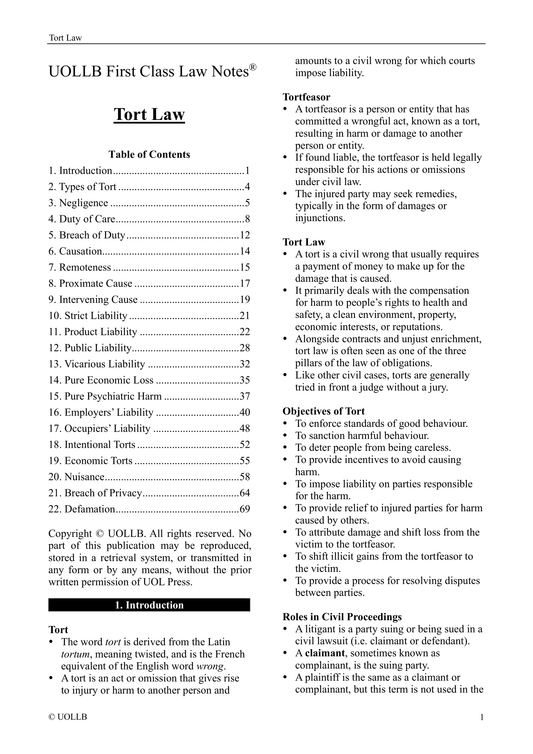How to Become a Lawyer in California?
Share
California is one of the most popular destinations for foreign and domestic lawyers to practise law there. Each years, over 16,000 candidates sit the California Bar Exam, but sadly it is one of the hardest bar exams with one of the lowest pass rates in the United States. Similarly to other jurisdictions, becoming a lawyer in California requires a combination of academic qualifications and passing the bar exam. Here are all the steps you need to follow in order to qualify as a Californian lawyer.
Obtain a Bachelor's Degree: You will need to complete a bachelor's degree from an accredited college or university before applying to law school. Although there is no specific major required, most students choose to pursue a degree in a field such as political science, English, or history, which provides a good foundation for legal studies.
Take the Law School Admission Test (LSAT): To be admitted to a law school, you need to take the LSAT, which is a standardised test that assesses critical thinking, analytical reasoning, and logical reasoning skills. Most law schools in California require applicants to submit LSAT scores.
Complete a Law Degree: After completing your undergraduate degree and LSAT, you will need to complete a Juris Doctor (JD) degree from an American Bar Association (ABA)-accredited law school. Law school typically takes three years of full-time study. You will study various areas of law, including contracts, torts, property, criminal law, and civil procedure, among others.
Pass the California Bar Exam: After obtaining your JD degree, you must pass the California Bar Exam to become licensed to practice law in the state. The exam consists of the three parts, including five one-hour essay questions, one 90-minute performance test, and the Multistate Bar Examination (MBE) which consists of 200 multiple-choice questions.
Pass the MPRE: In addition to passing the bar exam, you must also pass the Multistate Professional Responsibility Examination (MPRE) in order to be admitted. Applicants can take the MPRE any time after completing one year of law study and before being licensed to practice law in California. This two-hour, multiple-choice test is administered three times a year by the National Conference of Bar Examiners (NCBE).
Pass the MCD: All applicants must pass an intensive Moral Character Determination (MCD) and receive a positive moral character determination from the State Bar of California. The evaluation process involves completing an extensive application that asks detailed questions about an applicant's personal, educational, and professional history, including any criminal convictions, disciplinary actions, or instances of misconduct.
Get Admitted to the Bar: The final step toward becoming a lawyer in California is getting admitted to the State Bar. After you are admitted to the bar, you can officially start practising law in California. However, to maintain your license, you will need to receive 25-hour continuing education every 3 years.
You are reminded that the above requirements may change from time to time, so it is important to keep yourself updated with the latest regulations and requirements set by the regulator.
Obtain a Bachelor's Degree: You will need to complete a bachelor's degree from an accredited college or university before applying to law school. Although there is no specific major required, most students choose to pursue a degree in a field such as political science, English, or history, which provides a good foundation for legal studies.
Take the Law School Admission Test (LSAT): To be admitted to a law school, you need to take the LSAT, which is a standardised test that assesses critical thinking, analytical reasoning, and logical reasoning skills. Most law schools in California require applicants to submit LSAT scores.
Complete a Law Degree: After completing your undergraduate degree and LSAT, you will need to complete a Juris Doctor (JD) degree from an American Bar Association (ABA)-accredited law school. Law school typically takes three years of full-time study. You will study various areas of law, including contracts, torts, property, criminal law, and civil procedure, among others.
Pass the California Bar Exam: After obtaining your JD degree, you must pass the California Bar Exam to become licensed to practice law in the state. The exam consists of the three parts, including five one-hour essay questions, one 90-minute performance test, and the Multistate Bar Examination (MBE) which consists of 200 multiple-choice questions.
Pass the MPRE: In addition to passing the bar exam, you must also pass the Multistate Professional Responsibility Examination (MPRE) in order to be admitted. Applicants can take the MPRE any time after completing one year of law study and before being licensed to practice law in California. This two-hour, multiple-choice test is administered three times a year by the National Conference of Bar Examiners (NCBE).
Pass the MCD: All applicants must pass an intensive Moral Character Determination (MCD) and receive a positive moral character determination from the State Bar of California. The evaluation process involves completing an extensive application that asks detailed questions about an applicant's personal, educational, and professional history, including any criminal convictions, disciplinary actions, or instances of misconduct.
Get Admitted to the Bar: The final step toward becoming a lawyer in California is getting admitted to the State Bar. After you are admitted to the bar, you can officially start practising law in California. However, to maintain your license, you will need to receive 25-hour continuing education every 3 years.
You are reminded that the above requirements may change from time to time, so it is important to keep yourself updated with the latest regulations and requirements set by the regulator.




























































